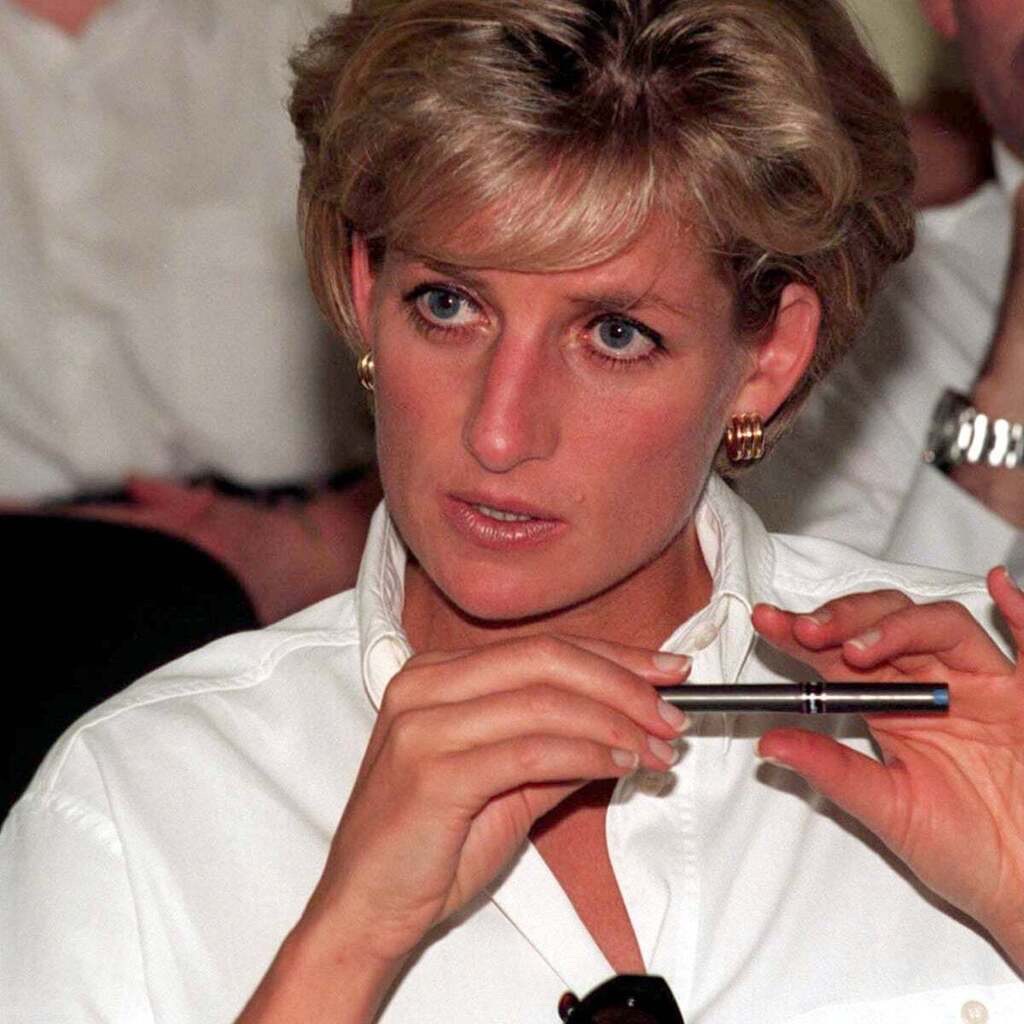With March being Women’s History Month, let’s take a look at some of the most influential women in history. From artists to political figures to humanitarians, all of these women have played a key role in destroying the glass ceiling and expanding the rights not just for women, but for everyone.
Frida Kahlo
Frida Kahlo is arguably one of the most famous artists of the 20th century. Born in Mexico in 1907, she derived her painting style from the nature and culture of the country. She contracted polio as a child and had to work hard to catch up to her peers. Eventually, she was accepted into an elite preparatory school. Kahlo not only became a symbol of empowerment for others but also empowered herself to achieve her dreams. While her art was relatively unknown until the 1970s, her works have been used as a symbol for Chicanos — a Mexican social and political movement that advocates for the rights of women and the LGBTQ+ community. Kahlo and her works are upheld as a symbol of individualism and empowerment. Her paintings — mostly self-portraits — stray from many typical portraits. Her use of bright colors, flowers and background details offer a glimpse into her personality and interests. One of the most notable characteristics of her art is her unibrow, which she used to showcase her belief in living authentically to one’s self, without a care for others or society’s expectations.
Eleanor Roosevelt
Eleanor Roosevelt, diplomat, humanitarian and first lady, is yet another incredible 20th-century example of a strong woman. Born into a prominent New York City family, Roosevelt grew up overlooked by many and looked at herself as an “ugly duckling,” but she knew there was so much more in life than just beauty. Accordingly, at age 14 she wrote, “No matter how plain a woman may be, if truth and loyalty are stamped upon her face all will be attracted to her.” One of Roosevelt’s most notable achievements was how she transformed the role of first lady from domestic work to a political and social role. Unfortunately, this was not met with complete support from the public, but this did not stop her. Roosevelt persisted, becoming an advocate for increased civil rights of African Americans. She discovered that the New Deal programs were discriminatory and insisted that some programs be overhauled to spread funds evenly. After her tenure as first lady and the death of her husband, she continued her work in politics and advocacy. Roosevelt knew how it felt to be overlooked and made it her mission to never let anyone feel that way again.
Maya Angelou
Maya Angelou was an American poet and civil rights activist who didn’t let many difficulties stop her from achieving success and uplifting others to do the same. Angelou was born in Missouri in 1928, then moved around to various places before settling in New York City after meeting John Oliver Killens, a novelist, in 1959. A year later she worked alongside Dr. Martin Luther King Jr. and Malcolm X. She worked specifically in pro-Castro and anti-apartheid movements. She then moved to California, where she wrote “Blacks, Blues, Black!,” a documentary series about the significance of African culture in America. She wrote many more series in her career, many of which surrounded African culture and activism. Not only was Angelou an accomplished show writer, but also a talented poet. One of her most famous poems is “A Brave and Startling Truth,” published in 1995, which states “When we come to it/ We, this people, on this wayward, floating body/ Created on this earth, of this earth/ Have the power to fashion for this earth/ A climate where every man and every woman/ Can live freely without sanctimonious piety/ Without crippling fear.” Angelou overcame many obstacles to become an incredible writer whose words still ring true to this day.
Princess Diana
Diana, Princess of Wales, was born into a prominent British family in 1961. Prior to becoming a princess, Diana worked as a preschool teacher and nanny. Her love for children was clear, as she found great success and fulfillment from this. After marrying into the royal family, she devoted much of her time to humanitarian efforts, specifically in reversing the stigma of the AIDS epidemic and supporting LGBTQ+ rights. Not much was understood about the AIDS epidemic at the time, causing a hateful stigma to surround it. She combatted this stigma by visiting patients, offering hugs and handshakes to all she could. In 1993, she was quoted saying, “For those mothers and children already living under the shadow of AIDS, we need to help them back into the light, to reassure them and support their needs. And maybe we will learn from them how to live our own lives more fully, for however long it may be.” When her life was tragically cut short, her efforts did not go with it. Both of her sons continue fighting the stigma surrounding HIV/AIDS and mental health. Diana is a beautiful example of someone whose efforts live on much longer than they did themselves.
While all of these women were born into different circumstances and took interests in different areas of activism, they regardless devoted themselves to improving the lives of all who inhabit this planet — something that will outlast all of them.



